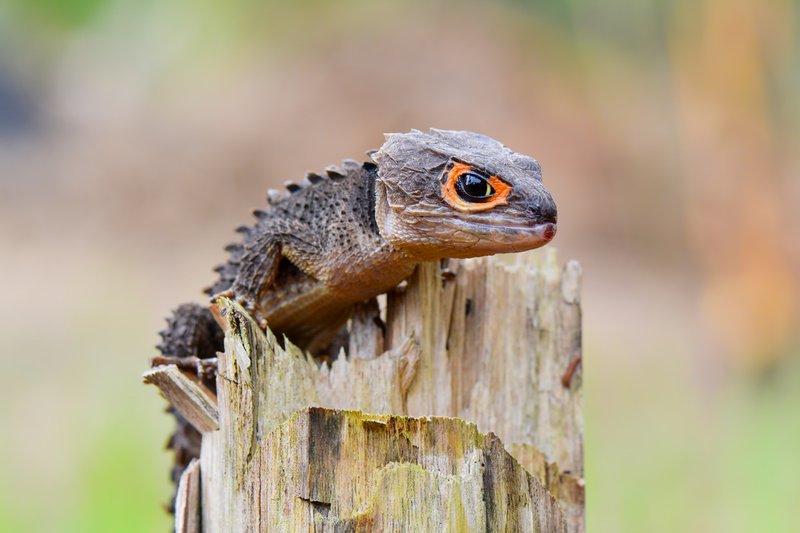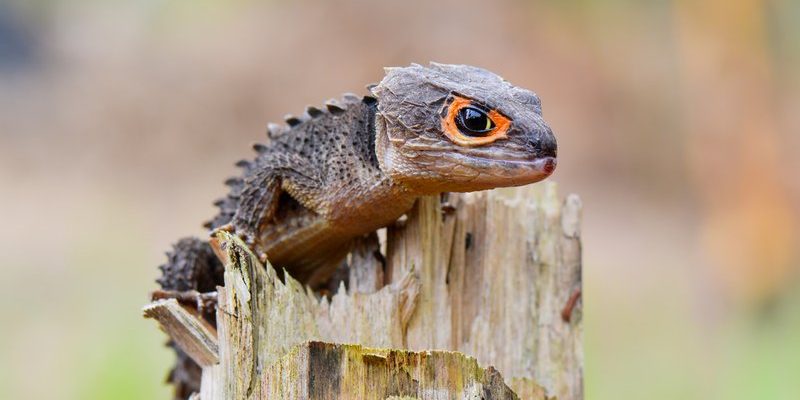
Skinks belong to the family Scincidae, which includes over 1,500 species, making them one of the most diverse groups of lizards out there. They can be found in a variety of habitats, from rainforests to deserts, and some even live underground! Whether you’re a seasoned reptile enthusiast or just curious about these critters, there’s plenty to learn. So, grab a comfy seat and let’s unravel some intriguing facts about skinks.
1. The Many Shapes and Sizes of Skinks
You might be surprised to learn that skinks come in all shapes and sizes. Some are tiny, like the *Eurylepis genus* species, measuring just a few inches long, while others, like the *Scincus scincus*, can reach lengths of over a foot. The size and shape often depend on the species and the environment they inhabit.
One of the most interesting things about skinks is their body structure. Many have elongated, smooth bodies that can easily slip through tight spaces. Others might have shorter, stockier builds. Their slim shapes help them navigate through grass, rocks, and sandy soils, making them excellent at avoiding predators. Imagine playing hide-and-seek in a cluttered room; skinks are like the hide-and-seek champions of the animal kingdom!
2. Skinks Are Great Burrowers
Skinks have an impressive talent for burrowing, which is vital for their survival. Many species dig into the ground or use existing holes to escape the heat of the day or to hide from predators. This behavior also helps them keep their bodies cool and maintain a stable temperature.
Think about it: during hot summer days, would you prefer lounging on a scorching rock or digging into a cool, underground burrow? Exactly! Additionally, burrowing provides safety for laying eggs, ensuring the young have a better chance of survival. If you ever find a skink, take a moment to watch how quickly they can vanish into the ground. It’s like blink-and-you’ll-miss-it magic!
3. Colorful Camouflage
One of the skink’s most fascinating features is its ability to blend in with its surroundings. Many skinks have skin tones that mimic the colors of their environment. This camouflage isn’t just for show; it’s a critical survival technique. By blending in, they can evade predators and ambush their prey more effectively.
Here’s the thing: this ability to camouflage doesn’t just help them hide from danger; it also plays a role in their mating rituals. Male skinks often change colors depending on their mood or health, signaling to females that they’re fit mates. If you ever come across a bright skink, it might be trying to impress someone—or just feeling particularly snazzy that day!
4. The Unique Defense Mechanisms of Skinks
When faced with a threat, skinks have some surprising tricks up their sleeves. One of the most notable defenses is their ability to drop their tails. This might sound a bit drastic, but it’s a clever escape tactic. When a predator grabs a skink by the tail, it can detach, allowing the skink to make a quick getaway while the tail flops around and distracts the predator.
This tail regeneration is another fantastic aspect of their biology. While it may take time, a skink can regrow its tail, making it a natural “get out of jail free” card. Just think of it as their own personal magic trick! However, the regrown tail may not look exactly the same; often, it’s a bit more cartilaginous and less colorful than the original.
5. A Diverse Diet
Skinks are typically insectivores, meaning their diet mainly consists of insects like ants, beetles, and crickets. However, some species aren’t picky eaters at all! Depending on their habitat and available food sources, they might munch on fruits, plants, or even other small reptiles.
These little guys are like nature’s pest control, helping keep insect populations in check. If you think about it, having skinks around can actually benefit gardens and outdoor spaces by reducing unwanted bugs. So next time you see one scurrying by, consider it a tiny guardian of your backyard!
6. Skinks and Their Unique Habitats
Skinks can be found in many different environments, showcasing their adaptability. You might find them in tropical rainforests, arid deserts, or even rocky hillsides. Each species has tailored their lifestyle to fit their specific habitat. For instance, some skinks love to bask in the sun on warm rocks, while others prefer the cool, shady spots of dense foliage.
This adaptability is key to their survival. Just like people have different jobs that suit their skills, skinks have found their niches in various ecosystems. This diversity also means that you can encounter skinks almost anywhere; you just need to know where to look!
7. Mating and Reproduction
When it comes to mating, skinks have some interesting habits. Many species are known for their courtship displays, where males will perform elaborate dances or show off their vibrant colors to attract females. Once they mate, females typically lay eggs in safe, hidden spots, although some species give birth to live young.
Here’s a fun fact: some skinks are communal nesters, meaning several females may lay their eggs in the same spot. This collective nesting can increase the chances of survival for the young. Imagine a little skink nursery where the parents are all friends—how adorable is that?
8. Skinks and Their Lifespan
The lifespan of skinks can vary dramatically based on their species and environment. Some might live up to 10 years or more in captivity, while others in the wild may only see a fraction of that due to predators and environmental stresses.
Honestly, keeping a skink as a pet can offer a glimpse into their fascinating lives. Many owners report that skinks have unique personalities and can even be quite interactive. If you’re considering adopting one, be prepared for a little companion that can live for quite a few years!
9. The Skink’s Role in Ecosystems
Skinks play vital roles in their ecosystems. As both predator and prey, they help maintain the balance of food chains. By consuming insects, they keep bug populations under control, which can be beneficial for both plants and animals alike.
On the flip side, skinks are food for a variety of predators, including birds, larger reptiles, and mammals. This means they are an important link in the food web, supporting the health of their habitats.
10. Conservation and Threats
While many skink species are thriving, some face threats from habitat loss, climate change, and invasive species. Conservation efforts are important to protect these unique lizards and their environments.
In many places, skinks are losing their homes to development and pollution. Organizations work tirelessly to ensure that these creatures aren’t just part of our memories but have a thriving place in the wild. By learning about them, we can appreciate their role in nature and help promote their conservation.
As we’ve seen, skinks are much more than just simple lizards. They have fascinating adaptations, unique behaviors, and an important place in our ecosystems. The next time you spot a skink, take a moment to appreciate its beauty and the world it represents. They may not be the flashiest reptiles, but they are certainly some of the most intriguing!

